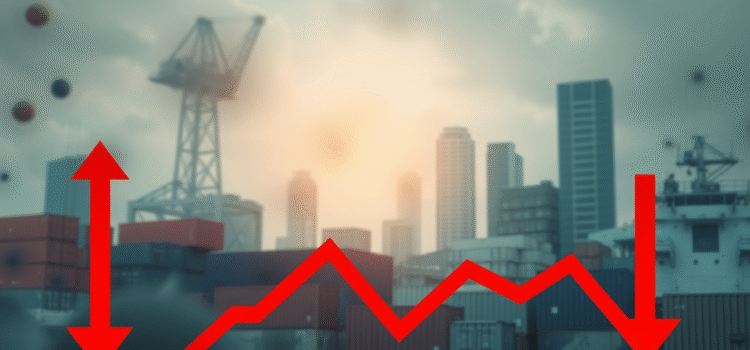
Electric Vehicles Market Growth: Potential for Extinction Amid Infrastructure Gaps
With a 35% increase in the electric vehicle (EV) market, propelled by advancements in battery technology and heightened environmental awareness, one might assume that EVs are on a steadfast climb. However, beneath this promising growth lies a lurking threat reminiscent of past EV extinctions: inadequate charging infrastructure. By 2023, a mere 1 charger exists for every 10 EVs, presenting a significant barrier to the continued rise of electric vehicles. In this article, l will delve into the infrastructure challenges facing the EV market, assess the risks of a repeat extinction, and discuss possible solutions through coordinated efforts.
The Dynamics of EV Market Growth Versus Infrastructure Gaps
Despite a promising trajectory marked by a 35% annual growth rate, the electric vehicle market faces significant infrastructure challenges. Advances in battery technology and a surge in environmental conscientization have fueled this growth, but the expansion of essential charging solutions has not kept pace. As of 2023, the availability of only one charger per ten EVs is causing apprehension among consumers and stakeholders alike. A recent survey highlighted that 70% of potential EV buyers express concerns about charging accessibility, a critical factor in the adoption of electric vehicles.
Investment Shortfalls: A Barrier to Sustainable Transportation Solutions
The shortfall in charging infrastructure investment exceeds $50 billion, highlighting a significant challenge for the sustainable future of the EV industry. The lack of readily available public charging stations poses a direct threat to the expansion of the EV market, increasing the risk of past extinction scenarios. Addressing this will require substantial collaboration between private companies and governments to develop a robust EV charging network.
Solutions and Collaborative Efforts for Infrastructure Challenges
To overcome these infrastructure challenges for EVs, a coordinated strategy is essential. Several measures can promote the expansion of the EV infrastructure:
- Increased public and private investment in EV charging infrastructure.
- Government incentives for deploying charging stations in urban and rural areas.
- Leveraging renewable energy sources to power charging stations sustainably.
- Innovative collaborations between automotive and energy sectors.
The Future of Electric Vehicles: Navigating EV Industry Risks
Ensuring the sustainability of electric vehicles requires proactive measures to address pressing barriers in EV adoption. Bridging the EV infrastructure gaps will not only safeguard the market growth projections but also facilitate a smoother transition towards a more sustainable transportation ecosystem. By committing to infrastructure development, l can mitigate the risks in electric vehicle adoption, fortifying the foundation for a resilient and expanding EV market.
Conclusion
As the electric vehicle industry continues its rapid ascent, addressing infrastructure issues is paramount to avoid repeating historical pitfalls. The juxtaposition of market growth with infrastructure inadequacies presents a tangible threat to the market sustainability for electric vehicles. Therefore, fostering collaborations between industry players and governments is vital for bridging these gaps. In sharing insights and seeking solutions collaboratively, l can help secure a sustainable and thriving future for electric vehicles.
Engage with this topic and share your thoughts in the comments section below.
Sources
Frequently Asked Questions
What are the major risks for the resurgence of electric vehicles?
The major risks include inadequate charging infrastructure and potential investment shortfalls, which could hinder EV adoption and market growth.
How do infrastructure challenges impact the future of EV market expansion?
Infrastructure challenges can impede the growth of electric vehicles by discouraging potential buyers concerned about charging accessibility, thereby slowing market expansion.
What steps can be taken to address electric vehicle infrastructure issues?
Increasing investment in charging stations, enhancing government incentives, and encouraging public-private partnerships can help resolve infrastructure gaps.
Is renewable energy linked to the sustainability of electric vehicles?
Yes, integrating renewable energy with EV charging solutions can promote the sustainability of electric vehicles by reducing reliance on fossil fuels.

















Comments